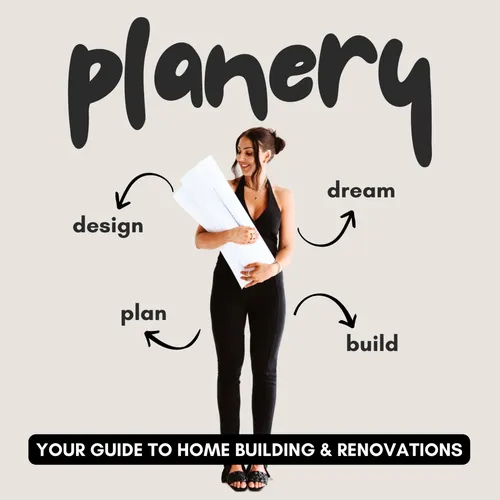023. Lighting and Electrical Design for your New Home Build
- Author
- Emma Holmes | How to Design Your Dream Home or Plan your Home Renovation
- Published
- Sun 13 Apr 2025
- Episode Link
- https://podcasters.spotify.com/pod/show/planery/episodes/023--Lighting-and-Electrical-Design-for-your-New-Home-Build-e30sj7d
Lighting and electrical design are often overlooked in home design—but they’re absolutely essential to how your space feels and functions. In this episode, we break down everything you need to know to plan your home’s lighting and electrical layout with confidence. Whether you're building new or renovating, we’ll walk you through how to create the right mood, highlight architectural features, and future-proof your home with smart electrical planning.
We’ll cover:
The 3 layers of lighting: ambient, task, and accent
Common electrical design mistakes and how to avoid them
How to design lighting for different rooms (kitchen, bathroom, bedroom & more)
Placement tips for switches, power points, and data points
The role of lighting in setting mood and enhancing wellbeing
Perfect for anyone planning a renovation or new build, this episode will leave you inspired to light your home with purpose, beauty, and practicality.
_____
CONNECT WITH ME:
For eBooks, Courses & Events: https://www.planery.com.au
For Home Design & Renovations: https://www.formery.com.au
Follow us on Instagram @formery_architecture
Email us [email protected] or [email protected]
NEED SOME HELP?
For full-service Architectural & Interior Design Services, book a FREE 1:1 Zoom Call here https://formery.com.au/book-an-appointment
FOLLOW & REVIEW:
Are you loving the podcast?
- hit the FOLLOW button so you don't miss out on any new episodes
- leave a 5-star rating or review or drop us a comment under the show
____
Disclaimer: All content on this podcast is provided by Planery and Formery for reference purposes and as general guidance. It does not take into account specific circumstances and should not be relied on in that way. It is not legal, financial, insurance, or other advice and you should seek independent verification or advice before relying on this content in any circumstances where loss or damage may result. The views and opinions of any guests on the podcast are solely their own. They may not reflect the views of Planery or Formery. Planery and Formery endeavour to publish content that is accurate at the time it is published, but does not accept responsibility for content that may or has become inaccurate over time.
